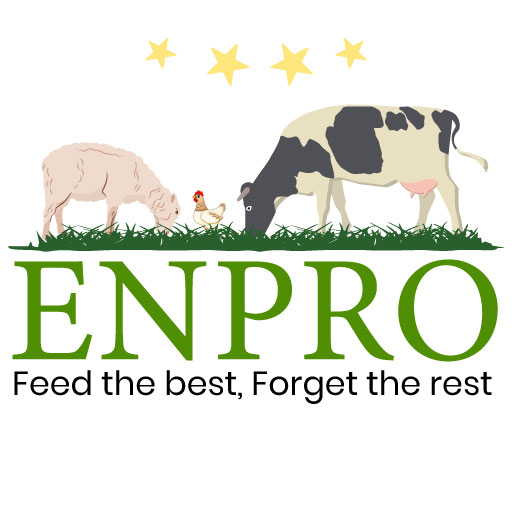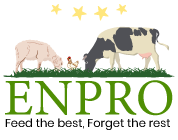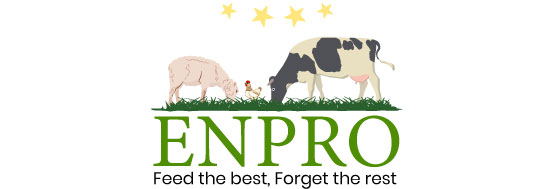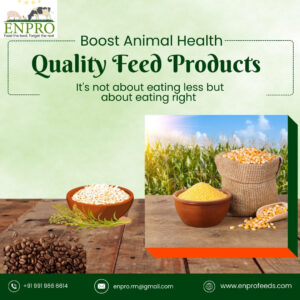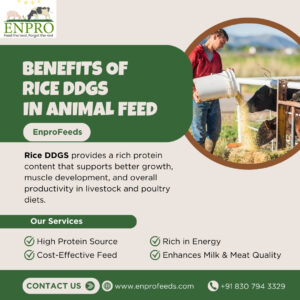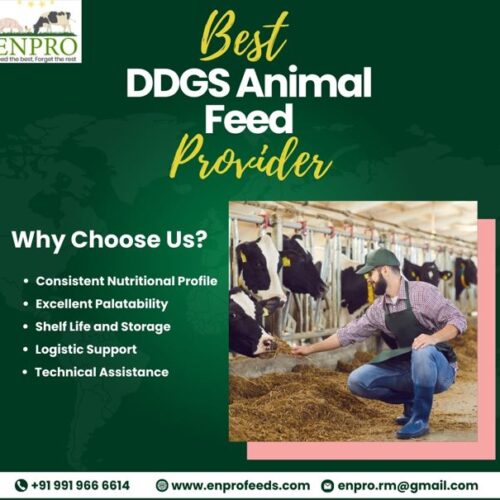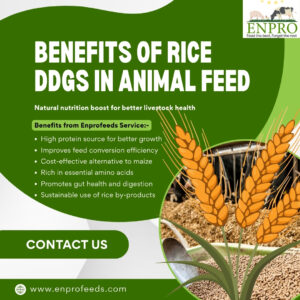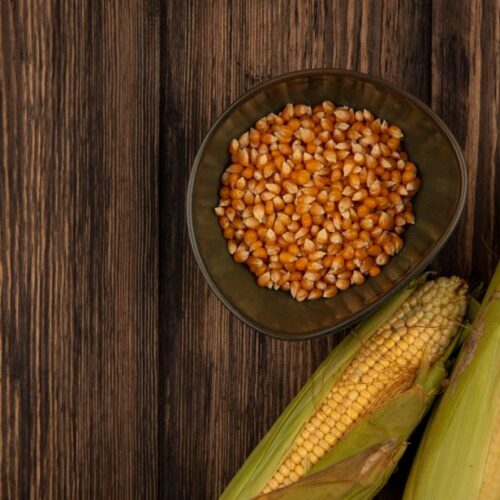
Introduction: In the realm of animal nutrition, Rice Distillers Dried Grains with Solubles (DDGS) stands out as a valuable and nutrient-rich feed ingredient. As livestock owners and farmers seek optimal dietary solutions, understanding the nutrition facts of Rice DDGS becomes paramount. In this blog, we will delve into the nutritional profile of Rice DDGS, exploring its key components and highlighting its significance in promoting healthy growth and performance in livestock.
What is Rice DDGS?
Rice DDGS is a co-product of the ethanol production process. After the fermentation and distillation of rice to produce ethanol, the remaining dried grains with solubles become Rice . This byproduct is rich in essential nutrients, making it a popular choice in animal feed formulations.
Key Nutritional Components:
- Protein Content: One of the standout features of Rice DDGS is its high protein content. With levels ranging from 25% to 30%, it serves as an excellent protein source for livestock, supporting muscle development and overall growth.
- Fiber: Rice DDGS contains a significant amount of dietary fiber, contributing to digestive health in animals. Fiber aids in maintaining a healthy gut environment and can be particularly beneficial for ruminants.
- Energy Source: The energy content of Rice DDGS is notable, providing a valuable source of calories for livestock. This makes it a suitable component in feed formulations for animals with high energy requirements, such as poultry and swine.
- Vitamins and Minerals: Rice DDGS is a rich source of essential vitamins and minerals, including B-vitamins, phosphorus, and potassium. These nutrients play a crucial role in supporting metabolic functions, bone health, and overall well-being in animals.
Benefits of Including Rice DDGS in Animal Feed:
- Improved Feed Efficiency: The balanced nutritional profile of Rice DDGS contributes to improved feed efficiency, optimizing the conversion of feed into animal products like meat or eggs.
- Cost-Effective Nutrition: As a co-product of the ethanol industry, Rice DDGS offers a cost-effective alternative to traditional feed ingredients. It provides high-quality nutrition at a competitive price point.
- Sustainable Feed Option: Utilizing Rice DDGS in animal feed contributes to sustainable practices by repurposing a byproduct that might otherwise go to waste. This aligns with eco-friendly approaches in agriculture.
- Reduced Environmental Impact: Incorporating This in animal diets can help reduce the environmental footprint of livestock production. The sustainable sourcing of ingredients contributes to a more eco-conscious industry.
Considerations for Usage:
While Rice DDGS offers numerous nutritional benefits, it’s essential to consider factors such as proper storage, quality control, and balanced formulation when incorporating it into animal diets. Working with reputable suppliers and following recommended guidelines ensures the optimal utilization of this valuable feed ingredient.
Conclusion:
Understanding the nutrition facts of Rice DDGS unveils its potential as a nutritional powerhouse in animal feed. Livestock owners and farmers can harness the benefits of this co-product to promote healthier, more efficient growth in their animals. As the agricultural industry continues to seek sustainable and cost-effective solutions, emerges as a key player in shaping the future of animal nutrition.
